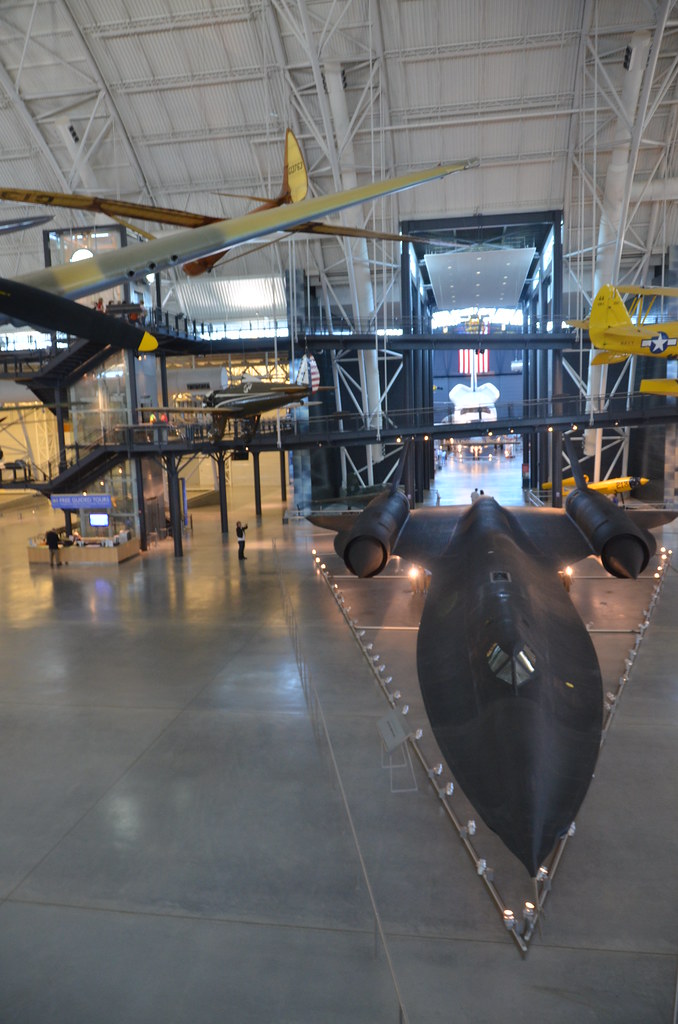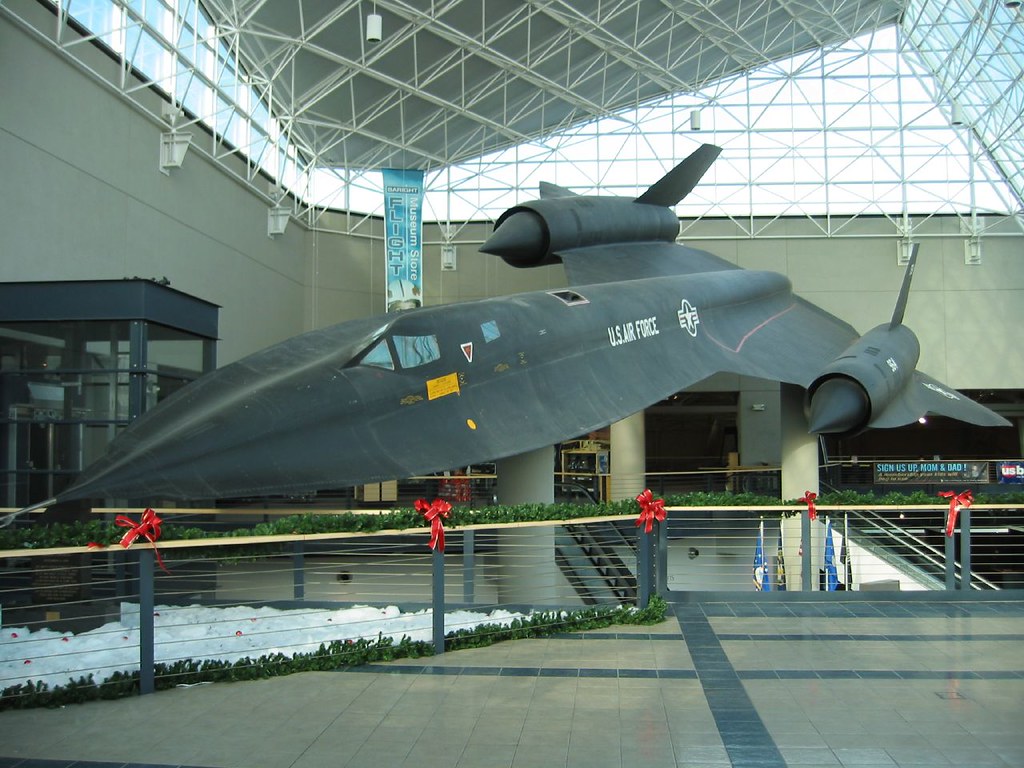
It’s the early hours of April 15, 1986, and the chill of the desert night still lingers as the sleek form of an SR-71 Blackbird pierces the sky, cruising at an altitude beyond the reach of most earthly dangers.

Its engines, more like rumbling thunder than mere machines, propel it to speeds that turn minutes into mere seconds.

Aboard, Major Walter Watson and his pilot are on a covert mission over Libya, in retaliation for a terrorist attack on American soldiers.

This is just another page in the chronicle of the SR-71, a plane that has become synonymous with speed and espionage, a bird of prey that no missile can ensnare.

It also signifies the peak performance of the SR-71, an aircraft so ahead of its time, it seems forged from the future itself.

The Blackbird, with its titanium skin capable of withstanding the immense frictional heat of Mach 3+ flight, represents a pinnacle in aviation technology, unmatched even in the pantheon of aircraft that have defined the last century of flight.

The SR-71’s genesis lies in the tension-filled corridors of the Cold War. Conceived by the ingenious minds at Lockheed’s Skunk Works under the legendary Kelly Johnson, the Blackbird was built to outfly the threat of Soviet missiles and gather intelligence untouchable by enemy forces.

With each mission over hostile territory, the SR-71 collected data that proved invaluable in maintaining geopolitical balance and ensuring national security.

Yet, the SR-71 is not just a military tool; it is an icon of American ingenuity and determination.

In fact, when the SR-71 streaked by, SAMs could barely lock on to target, and if they did the Blackbird was already out of range. This allowed it to outrun and evade over 4,000 enemy missiles that were fired at it over the years.

The plane’s unmatched performance continued to set records until its final flight for the Smithsonian National Air and Space Museum, where it flew from Los Angeles to Washington, D.C., in 64 minutes—an unmatched feat.

The SR-71’s missions were shrouded in secrecy, and sometimes, its feats of aerial mastery were witnessed only by the select few who were part of its world.

One such moment was the SR-71’s knife-edge salute to the returning F-111 pilots from Libya—a silent acknowledgment between warriors of the sky, and a testament to the enduring brotherhood of aviators.

The Blackbird’s operational life may have ended, but its legacy endures in the stories of those who flew it and the awe it inspires in those who know of its deeds. It has etched its name into the annals of aviation history, not merely as an aircraft but as a timeless symbol of excellence.

The SR-71 was just a blessed airplane. Pilots and RSOs were highly skilled. The maintenance crews worked hard to ensure safety. And intelligence gathered by the recon flights saved countless lives and was a factor in giving the United States the edge during the Cold War. The Blackbird’s speed won.
Relevant articles:
– 4,000 Missiles Defeated: Why the SR-71 Blackbird Was Never Shot Down, nationalinterest.org
– Supersonic Speed Check – Tales from the SR-71 Blackbird, CADENAS PARTsolutions
– 71, The Blackbird [Archive], PPRuNe Forums
